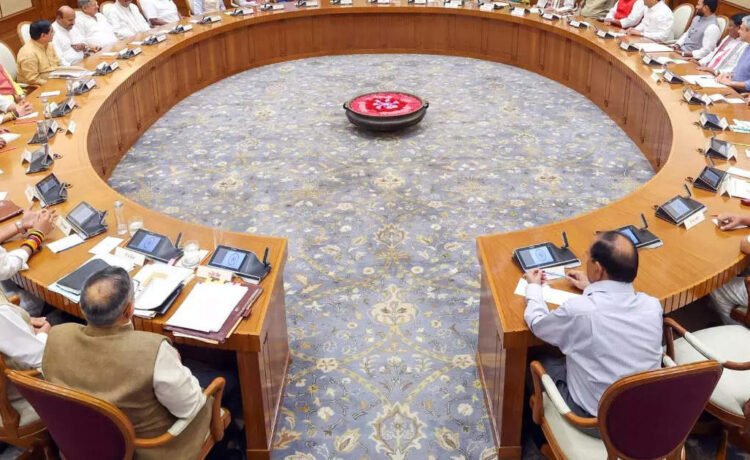The same-old Modi government
Several key ministers have retained their portfolios. Amit Shah continues to serve as the Minister of home affairs, while Rajnath Singh remains the Minister of defence. Nitin Gadkari retains his position as the Minister of Road Transport and Highways.
Nirmala Sitharaman continues to hold the crucial role of Minister of finance and corporate affairs. Dr S Jaishankar remains the Minister of external affairs, navigating India’s foreign policy in an ever-changing global landscape. Piyush Goyal retains his responsibilities as the Minister of commerce and industry, consumer affairs, food and public distribution, and textiles.
Ashwini Vaishnaw, who has made significant strides in his previous tenure, continues to serve as the Minister of railways, communications, and electronics and information technology.
Among the newly appointed Union Cabinet members, Shivraj Singh Chouhan, the former chief minister of Madhya Pradesh, has been assigned agriculture and rural development portfolios. Additionally, BJP president J P Nadda has been given the responsibility of the health portfolio, while Manohar Lal Khattar, the former chief minister of Haryana, will oversee the power, housing and urban affairs.Most of the allies have got non-core ministries. HD Kumaraswamy of the JD(S) has been allocated steel and heavy industries; Jitan Ram Manjhi of JD(U) micro, small and medium enterprises; Lalan Singh of JD(U) panchayati raj and fisheries, animal husbandry and dairying; Kinjarapu Rammohan Naidu of TDP civil aviation and Chirag Paswan of LJP (RV) food processing industries.No big disruptions likely
The allocations reflect PM Modi’s trust in his key ministers who have retained their portfolios. This might also mean that the policy continuity will be the order of the day in the Modi 3.0 dispensation. Many had expected that the BJP’s allies would extract their pound of flesh by cornering core ministries which would result in Modi’s agenda of economic growth suffering a drastic change or a slowdown. However, the portfolio allocation points at no substantial change in the direction of Modi’s economic agenda.
Morgan Stanley’s Asia CEO and co-head of global equities Gokul Laroia has told ET in an interview that he doesn’t expect any major policy redirection. “Our view is that whilst the new government is going to be a coalition, the policy continuity will remain. While there clearly will be a dynamic that involves a certain amount of sharing, I don’t think there’s anything that suggests that the path changes. There might be stuff that’s non-economic, that perhaps gets more complicated. But we’re not of the view that anything changes substantively on the economic agenda. Is there slightly more uncertainty? Absolutely. But is that necessarily going to change things? I don’t think we’re at that point,” Laroia said.
Rating agencies too have said that India would see a broad policy continuity with focus on capex push and gradual fiscal consolidation, even though reforms and fiscal metrics might prove to be a challenge. “Despite the slimmer majority, we do expect broad policy continuity to persist, with the government retaining its focus on its capex push, ease of doing business measures, and gradual fiscal consolidation,” said Jeremy Zook, director and primary sovereign analyst for India, Fitch Ratings.
However, key ministers retaining their portfolios may not necessarily mean that no policy change is coming ahead. The Modi government can tweak its agenda to give more attention to job creation and rural welfare.
Rajani Sinha, chief economist at CareEdge Ratings, has said reforms would likely continue but “the focus will also move to areas that have been warranting attention, like job creation and equipping the young population adequately for getting absorbed in the workforce”. “The new government has to ensure that the benefit of high growth is passed on to the lower income category,” Sinha said.
Senior BJP leaders Shivraj SIngh Chouhan and Manohar Lal Khattar, both of whom have been chief ministers, getting agriculture and rural development, and power, housing and urban affairs respectively, indicate more attention to rural sector and construction of houses. Today, the in the first cabinet meeting, the government decided to provide assistance to three crore additional rural and urban households for the construction of houses while the first thing PM Modi did today was to release the 17th instalment under the Pradhan Mantri Kisan Samman Nidhi (PM-KISAN) scheme.







